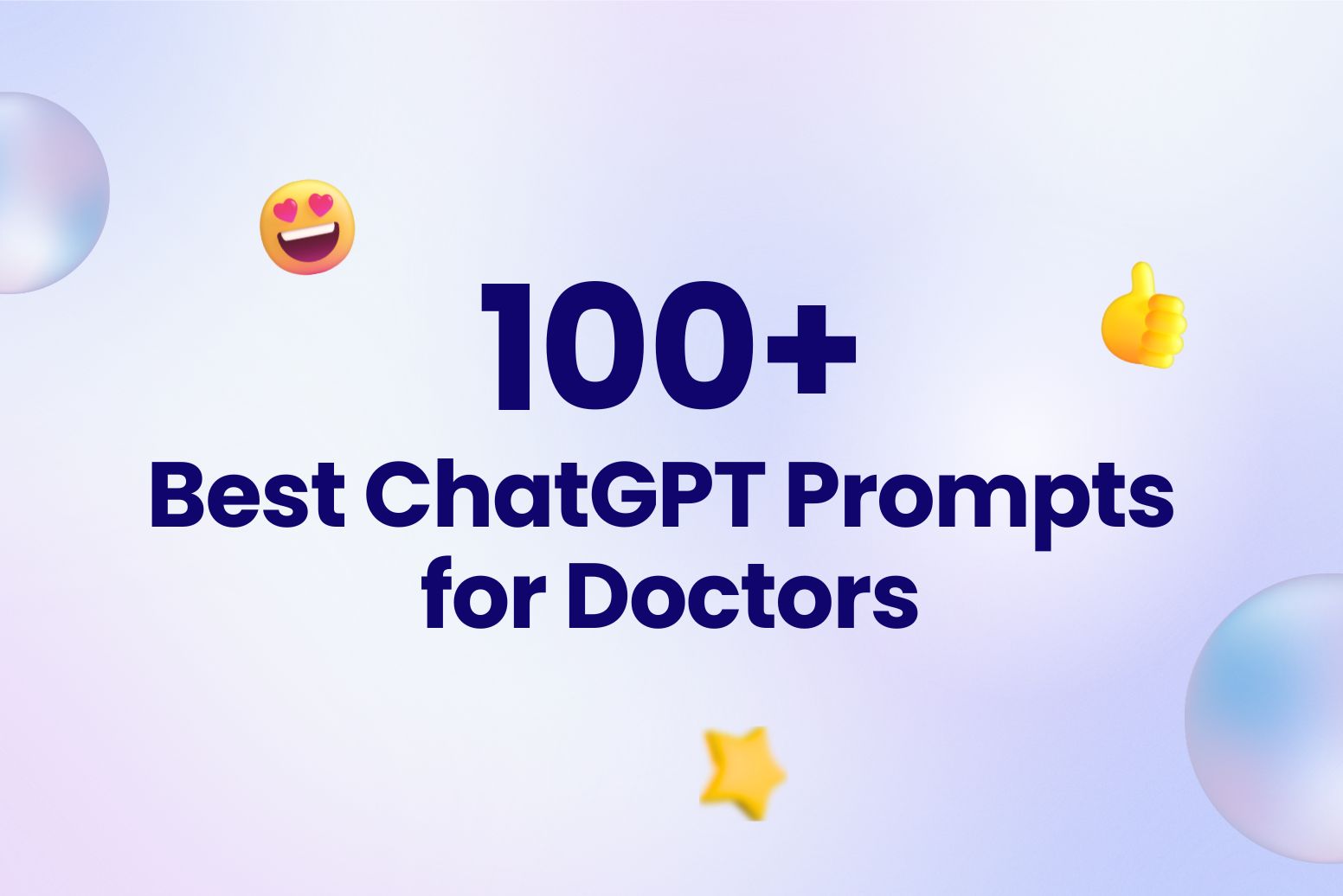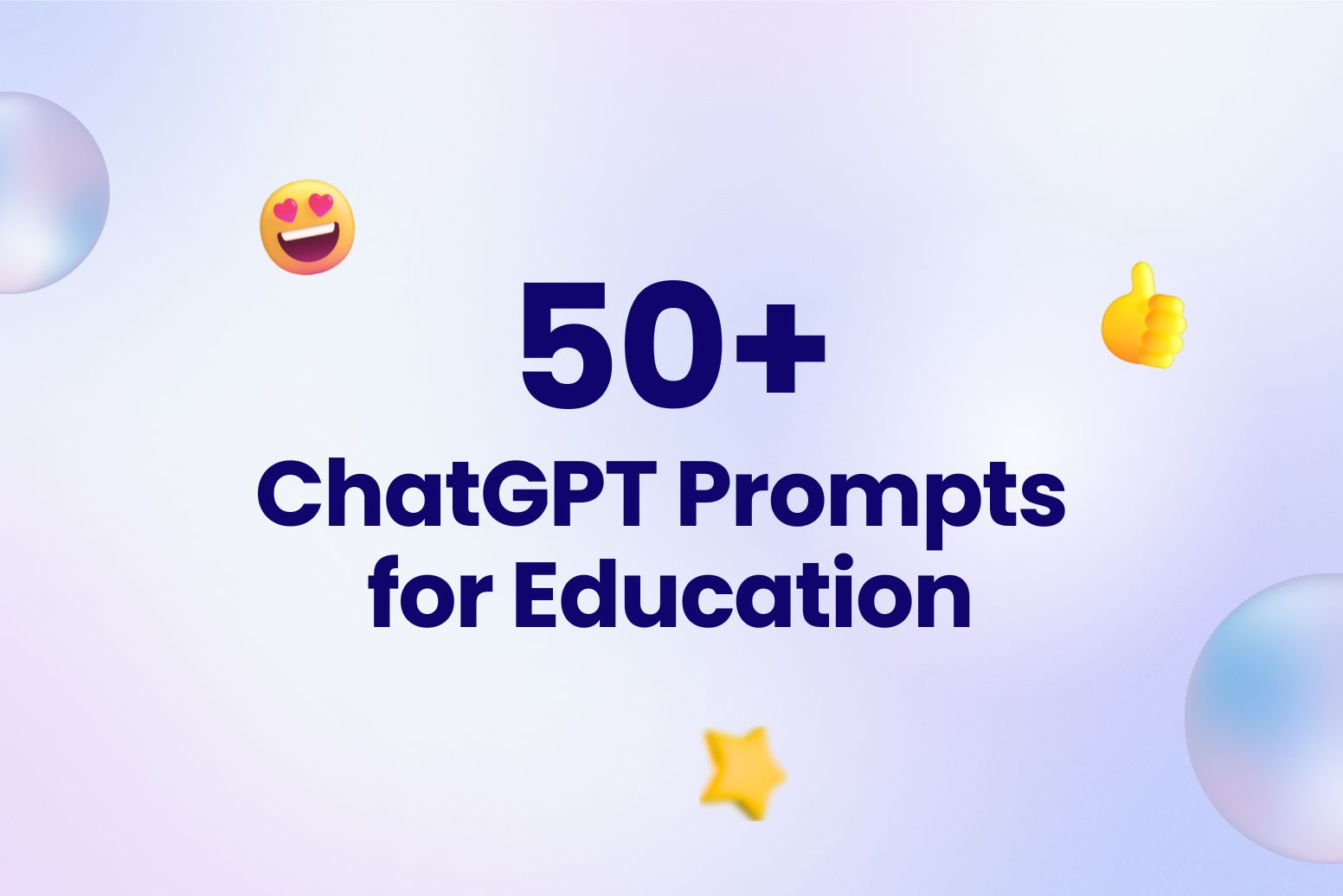ChatGPT’s natural language capabilities make it a powerful tool for writing essays – if you know how to prompt it correctly. With specific guidance, ChatGPT prompts for essay writing can generate outlines, thesis statements and body paragraphs that form the skeleton of a great essay. Here are 15 prompts to maximize ChatGPT’s essay writing abilities.

Clarify the Essay Question with ChatGPT Prompts for Essay Writing
First, break down exactly what the prompt is asking. Prompt ChatGPT with:
“The essay question asks ______. It specifically wants me to discuss/analyze/compare ____.”
This ensures ChatGPT structures your essay around the key requirements.
Generate a Compelling Thesis Statement
Provide ChatGPT with relevant facts and opinions, then ask it to:
“Formulate a thesis statement that presents a clear, arguable claim in response to the essay question.”
Have it revise the thesis until you’ve got gold.
Outline Main Body Paragraph Topics
Tell ChatGPT the 3-5 topics that different body paragraphs should cover. For example:
“The essay should have paragraphs addressing:
- The causes of the French Revolution
- Events that occurred during the Revolution
- The impact and legacy of the Revolution.”
Request Bullet Point Evidence Using ChatGPT Prompts for Essay Writing
Ask ChatGPT to generate:
“At least 3 relevant facts, quotes or examples for each body paragraph topic as bullet points.”
Review and add your own evidence to strengthen paragraphs.
Craft Paragraph Introductions
Prompt ChatGPT to:
“Write an introduction for each body paragraph that establishes the topic and previews the evidence.”
Then have it revise the intros until they’re concise and engaging.
Generate Transitional Phrases
To ensure cohesion between paragraphs, ask ChatGPT for: “3-5 transitional phrases that I can use when moving between essay paragraphs.”
Then incorporate the best ones into your draft.
Enlist ChatGPT Prompts for Essay Writing to Request a Compelling Conclusion
Tell ChatGPT: “Summarize the most important evidence from the essay and relate it back to the thesis statement in a concluding paragraph.”
Have it revise the conclusion until the significance of your claim really comes through.
Check For Logical Flow
Ask ChatGPT to: “Examine the essay flow and suggest any reorganization, additions or removals to improve logic and coherence.”
Implement its recommended changes to strengthen structure.
Identify Any Factual Errors
Prompt ChatGPT to: “Review the essay for any factual inconsistencies or incorrectly stated information and flag them for me to correct.”
Then fix any flaws it pinpoints.
Strengthen Thesis and Evidence with ChatGPT Prompt for Essay Writing
Ask ChatGPT for ideas to: “Make the thesis statement more focused and compelling”
“Strengthen evidence within each body paragraph.”
Implement its smart suggestions.
Conclusion
In summary, strategic use of ChatGPT prompts can unlock the AI’s potential to establish strong essay writing frameworks. The right prompts help ChatGPT efficiently generate outlines, supporting evidence, thesis statements and draft components that lay the groundwork for high-quality essays. However, human creativity, critical thinking, and polishing are still indispensable to perfecting prose, analysis, and flow.
Targeted prompting enables ChatGPT to kickstart the writing process by providing building blocks you can then refine and enhance with your own insights. However, while ChatGPT prompts for essay writing can accelerate your workflow, your expertise is crucial to crafting truly outstanding essays from start to finish. Leverage the strengths of both human creativity and AI capabilities through purposeful prompt engineering.
FAQ
Is ChatGPT helpful for every type of essay?
ChatGPT can be useful for most types of essays, from literary analysis to argumentative and comparative. The prompts just need to be tailored to the specific requirements.
What are some limitations of using ChatGPT for essays?
ChatGPT’s essay writing still lacks human creativity, nuance and flawless accuracy. You’ll need to improve any generated outlines, evidence, structure and flow through careful human editing and fact-checking.






